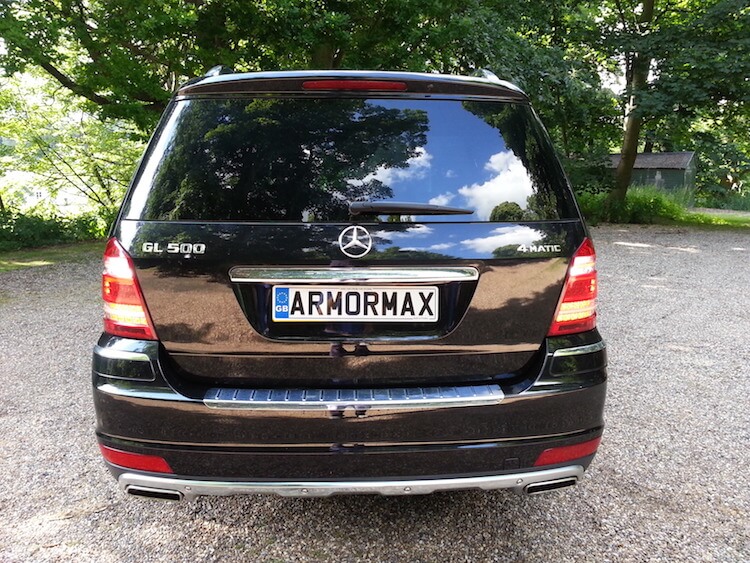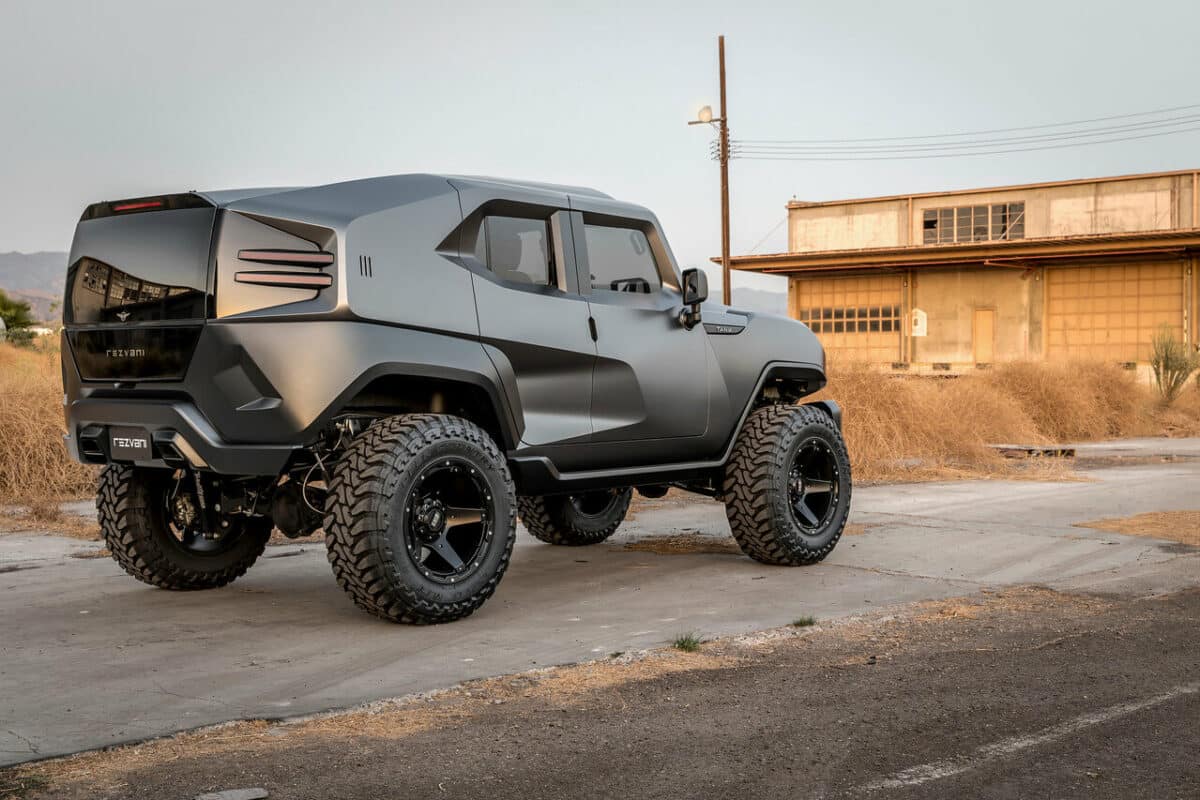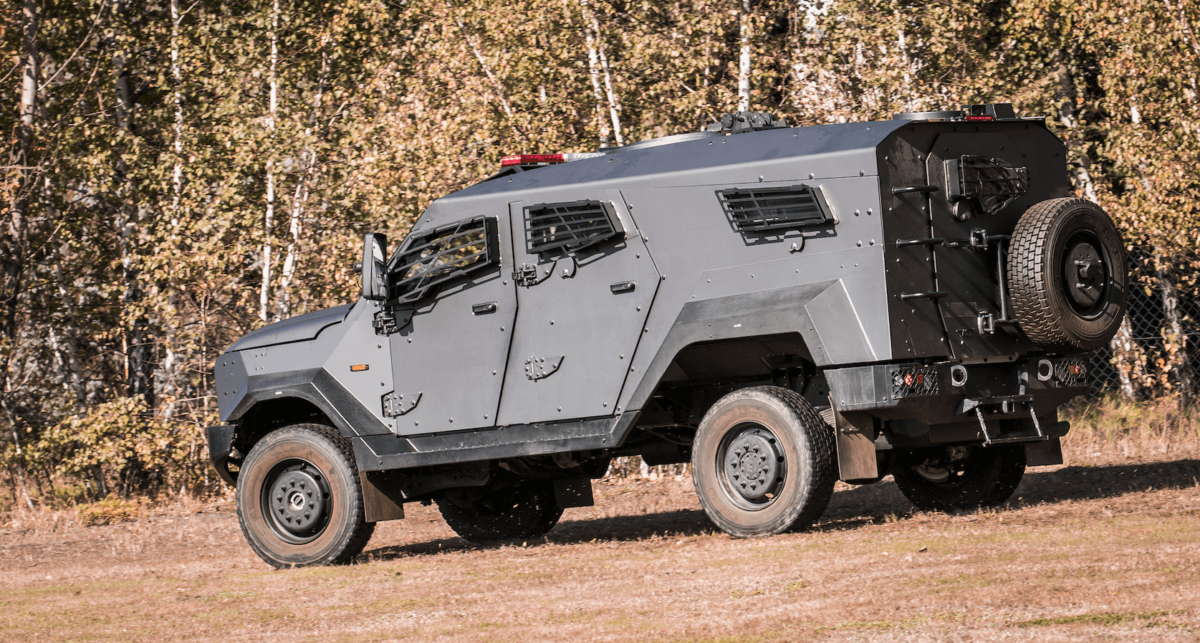At first glance, the bulletproof glass looks like an ordinary pane of glass. But, the appearance is only common between them. The bulletproof glass is a multi-purpose protective glass for vehicles and structures that need an additional level of security. It is designed to withstand one or many rounds of bullets depending on the firing weapon and the thickness of the glass.
Bulletproof glass reduces the velocity by absorbing the energy from the bullets. However, it is not fully impenetrable. It means that “bulletproof glass” is more commonly used to describe the product but a more accurate term is “armored ballistic glass or bullet-resistant glass” similar to a “water-proof” watch or “water-resistant watch”.
This article covers what is bulletproof glass made of and how thick is bulletproof glass. Further, you will learn how bulletproof glass can save lives and much more. See videos of how bulletproof glassworks here and here.
Let’s get started…
Can a glass actually be bulletproof?
The simple answer is yes, glass can be bulletproof. Its protection ability totally depends on its quality and manufacturers. Because if manufacturers don’t choose high-quality or inadequate substances for glass manufacturing, such glass might not work.
Similarly, the thickness of the bulletproof glass is another important factor to check how protective the glass is. Glass with less thickness may give adequate protection against only certain types of bullets. However, others may still penetrate through.
On the other hand, a thicker glass offers the utmost protection against most types of bullets. Bullets from a rifle or other heavy weapons require a super thick glass. Whereas, a bullet released from a handgun may not require thicker glass.
It is important to keep in mind that no glass is 100% bulletproof. Therefore, deadly weapons with high-speed bullets may penetrate a super thick bulletproof glass too.
What is a bulletproof glass made of?
Before we talk about how bulletproof glass is made, let’s talk about bulletproof glass material.
Various types of material are used to manufacture bulletproof glass that offers a different level of protection. These levels range from level 1 that can protect against 9mm bullets to level 10 that can sustain some 50 BMG bullets.
There are two most common types of resins used for bullet-resistant glass, acrylic and polycarbonate plastic. However, polycarbonate has become the most popular bulletproof glass material that gives the utmost level of protection.
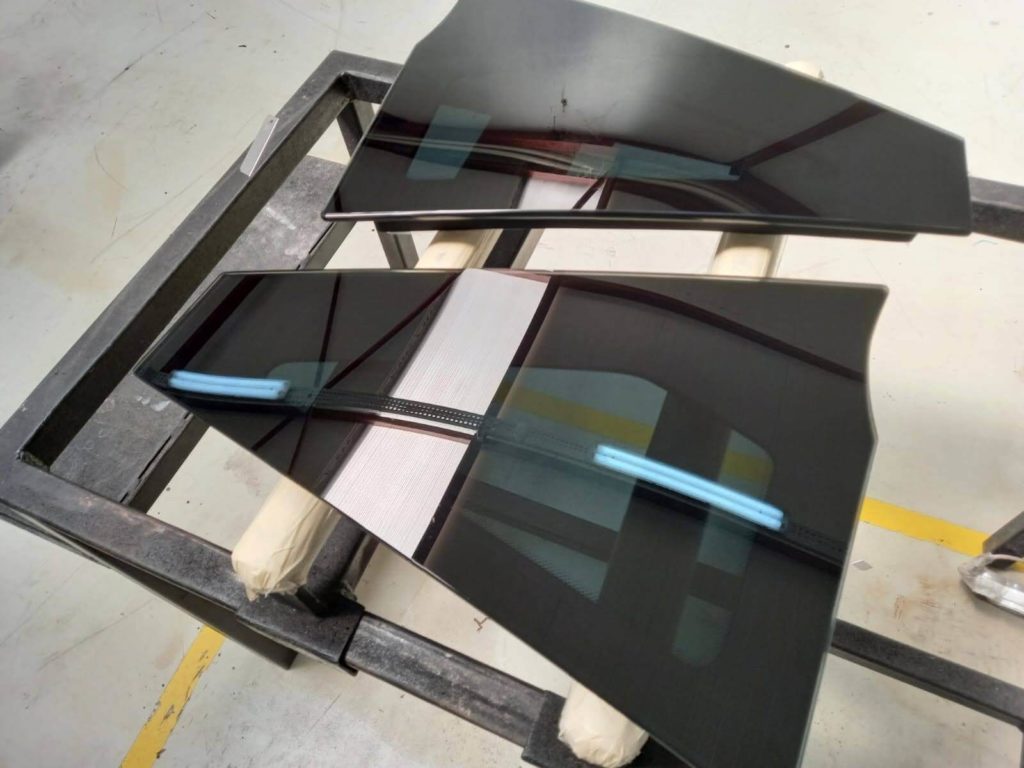
1. Solid Acrylic Bullet Resistant Glass
Glass made of acrylic is commonly designed for conventional use. It is usually a 1.25-inch thick sheet acrylic sheet that offers basic level 1 protection. However, the thickness can be increased or decreased depending upon the security level. This type of glass is suitable for a situation where projectiles are breaking glass windows. It also sustains a few 9mm bullets as well.
2. Laminated Polycarbonate Glass
You can obtain bulletproof glass by placing polycarbonate between two spreads of glass. In this case, you need to laminate all three layers. Polycarbonate glasses are more secure than acrylic glasses. Again, the thickness of the glass depends upon the intensity of the security necessary.
3. Glass-Clad Polycarbonate
You can get a strong and durable armored ballistic resistant glass by Sandwiching layered polycarbonate between the two sheets of glass. It doesn’t only improve the protection level but also gives high visibility.
The glass that uses glass-clad polycarbonate can stop AK-47 or M 16 ammunition. Therefore, it is used in dangerous zones such as areas prone to explosions, dangerous weather, and other impact intrusions.
Manufacturers use different polycarbonate plastics to form the middle layer of the glass. Makroclear and cryolon are two common types of polycarbonate plastics. These layers of plastic truly decrease the momentum of the bullets.
Polycarbonate bullet-resistant glass can protect against a variety of weapons ranging from handguns to extremely powerful rifles. For example, B5 level glass with 1-inch thickness can sustain .357 Magnum rifles bullets.
Increasing the thickness and durability of the glass might decrease the ability to transmit light. Light transmission and the weight of the glass are essential for practical reasons. For example, if a glass offers a greater level of protection but doesn’t have optical clarity, such glass is not worth using.
Therefore, manufacturers not only consider the strength of the material but also the optical clarity of the glass. Acrylic and polycarbonate offer both these characteristics.
How is a bulletproof glass made?
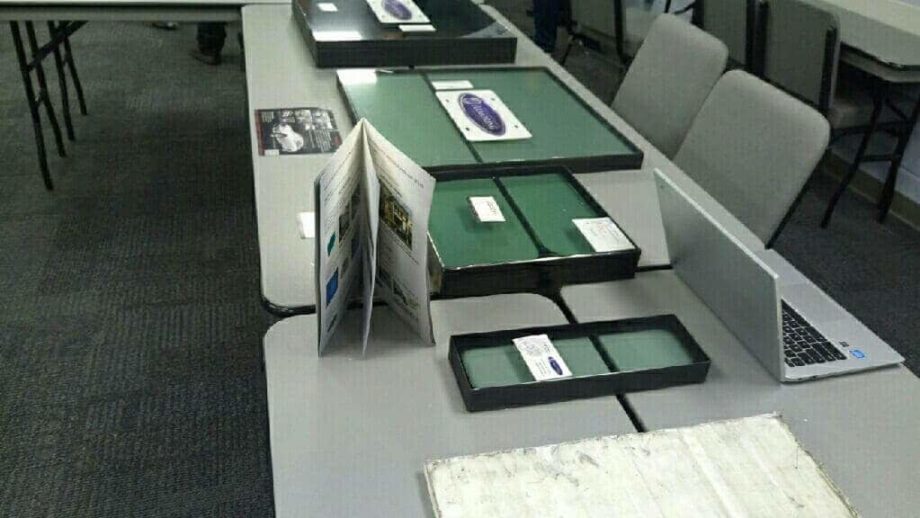
Now you are familiar with the bulletproof glass material, let’s talk about how to make bulletproof glass. Glass and plastic are the two primary components of bullet-resistant glass.
A simple bulletproof glass contains 3 layers i.e. two sheets of standard glass and one layer of plastic. Thin layers of optical-clear and tough plastic, known as PVB, are sandwiched between sheets of standard glass. Polyurethane and ethylene-vinyl acetate are other laminated materials. These layers are bonded together with heat.
For strengthening the bond, the temperature should be up to 150o C. And, apply pressure nearly 13 to 14 times more than atmospheric pressure in an autoclave. At this temperature and pressure, the melted plastic makes a strong bond with the glass.
How does bulletproof glass work?
First of all, let’s talk about the difference between ordinary glass and bullet-resistant glass. Why does a bullet shatter an ordinary glass? Well, there is a huge difference between both types of glass.
Normal Glass VS Bullet Proof Glass

Why does an ordinary glass shatter? The normal glass comes with a car from the factory, is only 3mm thick and fragile. When a bullet with great momentum hits the pane of the glass, it can’t tolerate the energy of the bullet. The bullet fractures it along the line of weakness so the glass is shattered as a result.
Glass fragments and shards can be more dangerous than bullets. Because you might be safe from bullets but these broken pieces of glasses can kill you. In such situations, bulletproof glass can be safer for you.
Contrary to ordinary glass, bullet-resistant glass reduces the speed of the bullet gradually. Because it is made of multiple layers of glass and interlayers of plastics. It also contains a plastic final layer to prevent the spalling of glass upon breakage.
How does Bullet Proof & Ballistic Glass
Let’s talk about how does bulletproof glasswork. Inner plastic layers of this security glass keep absorbing the energy of the bullet. As a result, the inner layer of polycarbonate extensively breaks down the speed of the projectile and minimizes the damage. Then, the bullet will pass through the next layers of polycarbonate. This process continues until either bullet stops or pierces all layers.
If a glass fails to stop the bullet, it will still reduce the momentum of the bullet. The pane of armored ballistic resistant glass can weigh up to 10 times more than the ordinary pane of glass. The heaviness is an indicator of high strength.
How thick is bulletproof glass?
A bullet-resistant glass is made of multiple layers. The simplest glass contains at least 3 layers i.e. one layer of plastic and two glass standard glass sheets. The plastic layer is sandwiched between two panes of standard glass. The thickness depends upon the total number of layers in the glass.
The thickness of the security glass is increased depending upon the hunting rifle ammunition and the speed of the bullet. More layers give high protection level. So the thickness can range from 0.25 to 3.5 inches to prevent different categories of firepower. For example:
- Small Handguns: You need to use level 1 or B$ level bullet-resistant glass to prevent small handguns attack. Such types of glass are used to protect gas stations, pharmacies, and retail outlets.
- Large Caliber Handguns: Level 2 bullet-resistant glass can be used to sustain large caliber handguns. These glasses are ideal to protect financial institutions.
- Super Powered Handguns: To protect from high-powered guns, level 3 bulletproof glass can be used. You can use such glasses to protect high-occupancy and high-risk buildings including government institutions.
- Automatic Weapons or Assault Rifles: Level 4 to 8 bulletproof glass or B7 rank glass protect from deadly weapons such as assault rifles. Such glasses are used to protect embassies, military, and high-level government buildings.
When was bulletproof glass invented?
The history of bulletproof glass contains a lot of interesting stories. According to some resources, it was invented back in the 1600s. Prince Rupert’s Drops were teardrop-shaped pieces of glass. These items were named for the prince who brought the novelty to England.
The glass had a large end and a narrow, long tail. It was created by dripping molten glass into water. So rapid cooling hardened the glass. As a result, the bulbous end of the hardened glass could stand up to huge amounts of punishment from severe hammer blows.
However, a slight blow to the narrow end shattered the entire piece immediately. It was very entertaining for people and they were very curious as well. Though they didn’t call it bulletproof glass, it could be considered as the first bullet-resistant glass.
Similarly, some studies show that modern bulletproof glass was invented in 1903. If you want to know how and who invented bulletproof glass, read the next question!
Who invented bulletproof glass?
Edouard Benedictus, a French chemist, is the inventor of modern bulletproof glass. He invented it in 1903 accidentally. He was busy in different experiments with a solution of nitrate in the flask. During this experiment, the solution formed a layer around the flask.
When he accidentally dropped the flask, the glass didn’t shatter after breakage. In this way, he got the idea that an unbreakable glass could be made with a combination of plastic and glass. So this was an accident behind the invention of bulletproof glass.
What is a bulletproof glass made of?
Bulletproof glass is made of acrylic and polycarbonate plastic through a series of layers. See above for more details about the process.
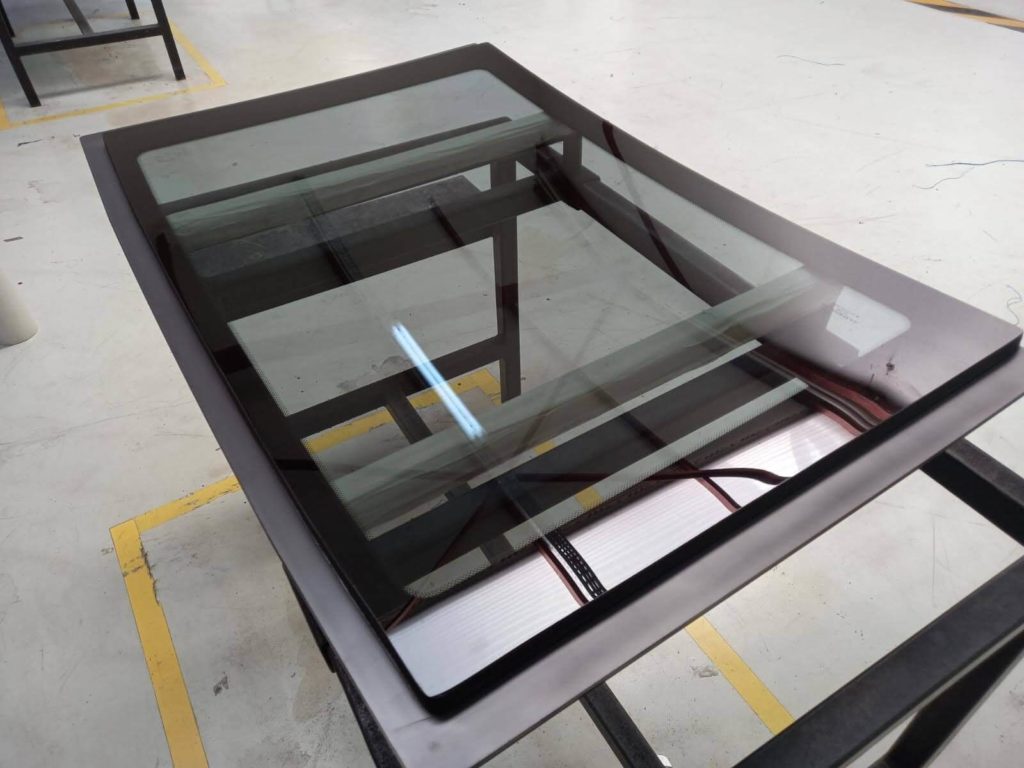
What can break bulletproof glass?
As we have already discussed the different types of material are used in manufacturing bullet-resistant glass. Each material can resist only to some extent. Some types of glass are vulnerable to blunt objects, but others are not.
Therefore, you can break the glass by shooting multiple times in the same location. Further, almost all glass is vulnerable to a high-powered rifle round.
Breaking Acrylic Bulletproof glass
Acrylic-made glass can be broken by hitting them for 5 minutes with a sledgehammer. Plus, a single rifle bullet is enough to break this glass.
Breaking Polycarbonate Glass
Polycarbonate is stronger than acrylic so it resists firmly even against powerful rifles. So you can’t break such glass with a sledgehammer or rock.
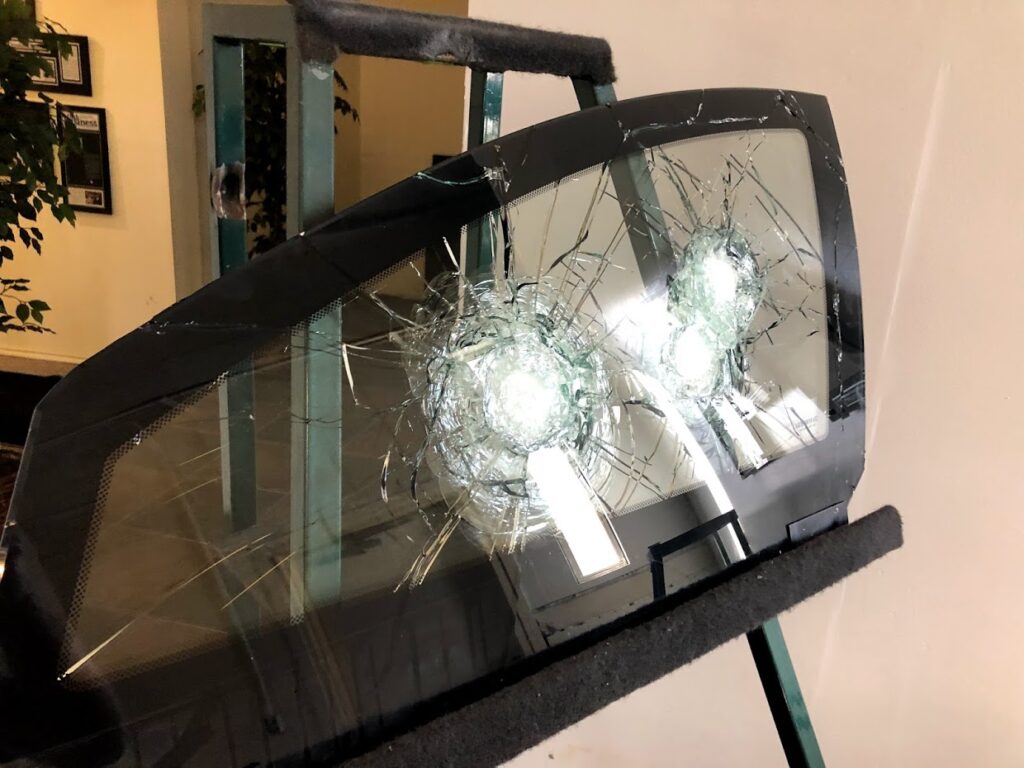
Is bulletproof glass illegal?
Being secure is everyone’s right. So it is completely legal to use bulletproof glass. In the past, only security forces, heads of state, and banks use armor vehicles. Today, it is common to use bulletproof vehicles among Politicians, celebrities, and sportsmen, etc.
Are police car windows bulletproof?
Most of the police cars don’t have bulletproof installations. Because it is very difficult to roll down such glass for communication purposes due to its thickness – unless you have specialized motors and electronics that aid in the operability of the windows.
However, in dangerous areas, some police cars have bulletproof windows. They use such cars for different purposes like when driving on the scene of car chases, random acts of violence, and domestic abuse situations.
Final Words
Bulletproof glass is available in all sizes and formats to secure vehicles and buildings. It reduces the momentum of the bullets and other projectiles and protects you. Although bullets of high-powered rifles can still pierce through the glass, it still reduces the risk drastically. Therefore, it is good to use bulletproof vehicles for politicians, business tycoons, and other important individuals who have the means to protect themselves.
